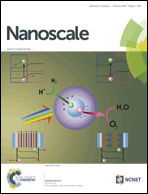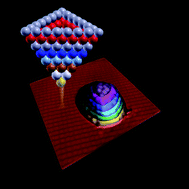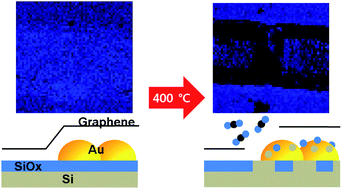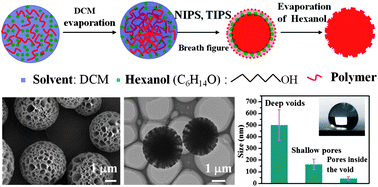Take a look at this week’s selection! These articles are available free for a limited time:
High performance few-layer GaS photodetector and its unique photo-response in different gas environments
Shengxue Yang, Yan Li, Xiaozhou Wang, Nengjie Huo, Jian-Bai Xia, Shu-Shen Li and Jingbo Li
DOI: 10.1039/C3NR05965K, Communication
Local structural investigation of Eu3+-doped BaTiO3 nanocrystals
Federico A. Rabuffetti, Sean P. Culver, John S. Lee and Richard L. Brutchey
DOI: 10.1039/C3NR06610J, Paper
Graphene–nickel interfaces: a review
Arjun Dahal and Matthias Batzill
DOI: 10.1039/C3NR05279F, Review Article












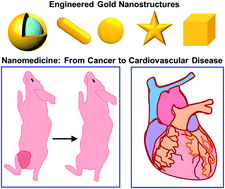
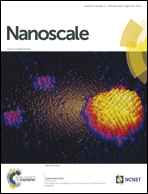 Nanoscale is delighted to present its
Nanoscale is delighted to present its 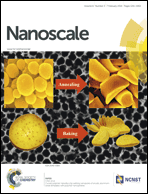
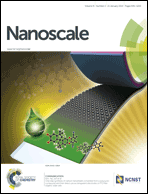 Nanoscale is delighted to present its
Nanoscale is delighted to present its 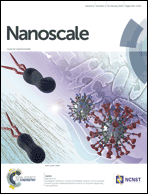
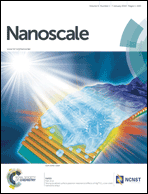 Nanoscale is delighted to present its
Nanoscale is delighted to present its 